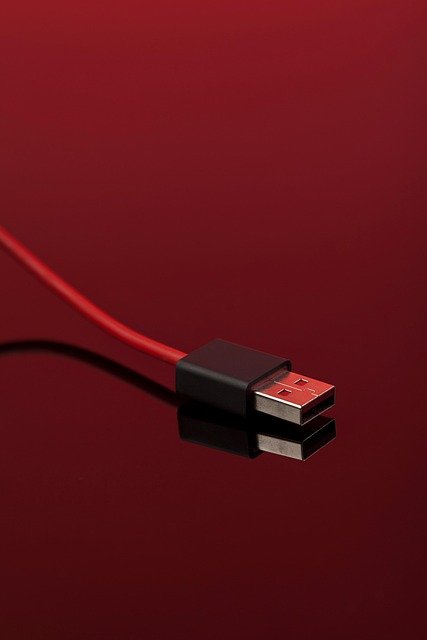How to Choose Energy-Efficient Devices for Home and Office
Selecting energy-efficient devices for home and office reduces power use, improves sustainability, and can support long-term performance. This guide highlights practical factors — from processors and displays to peripherals, firmware, and maintenance — to help you choose devices and plan upgrades with energy savings and compatibility in mind.

Choosing energy-efficient devices for home and office means balancing power consumption with performance, compatibility, and longevity. Look beyond marketing labels: examine processors and storage types, display technologies, connectivity options, and accessory compatibility to estimate real-world energy use. Prioritize devices that offer firmware updates, clear maintenance paths, and security features so efficiency gains persist over time. This article covers practical selection criteria, benchmarks to consult, and optimization and troubleshooting approaches that support sustainability without compromising daily performance.
Devices and gadgets: what to prioritize?
When comparing devices and gadgets, focus on rated power draw, energy-saving modes, and certification labels from recognized programs. Consider the device’s typical usage pattern in your environment—idle time, peak workloads, and duty cycles affect actual energy consumption. Compatibility with existing accessories and local services matters: if a device requires frequent repair or lacks upgrades, its lifecycle emissions rise. Security and firmware support are also important; devices that continue to receive patches help avoid costly replacements caused by vulnerabilities or obsolescence.
Processors and storage: energy vs performance
Processor architecture and storage type are central to efficiency. Modern low-power processors and mobile-class chips can deliver adequate performance for many office and home tasks while consuming less energy than older desktop CPUs. Solid-state storage tends to use less power than spinning drives during typical operating cycles and improves responsiveness. Check published benchmarks that include power measurements when available, and weigh performance-per-watt rather than raw speed. For heavy workloads, choose scalable solutions that allow upgrades rather than constant overprovisioning.
Displays and connectivity: reducing power draw
Displays and connectivity options influence persistent energy use. LED-backlit and OLED displays vary in power depending on brightness and content; larger, brighter panels typically draw more power. Favor displays with adaptive brightness and efficient color profiles for typical tasks. For connectivity, wired Ethernet can be more energy-efficient and stable than repeated wireless retransmissions in congested environments; however, modern Wi‑Fi standards can be efficient if devices support power-saving features. Consider docking stations and hubs that consolidate peripherals to reduce duplicated adapters and chargers.
Peripherals and accessories: efficiency tips
Peripherals and accessories like keyboards, mice, printers, and external drives add incremental power use. Choose wired or low-power wireless peripherals that support sleep modes and automatic shutdown. For printers and scanners, look for duplex, low-power standby, and energy-saving certification details. Ensure compatibility with existing systems to avoid adapters that increase energy loss. Plan installation to minimize cable clutter and enable centralized power management—smart power strips and scheduled shutdowns can prevent phantom loads from idle peripherals and accessories.
Benchmarks, firmware, and optimization
Benchmarks that include energy or thermal data provide actionable context on device efficiency. Use reputable benchmark suites that report performance-per-watt or include power traces for processors, storage, and displays. Keep firmware and drivers up to date: vendor updates often include performance and power optimizations as well as security fixes. Optimization strategies such as adjusting power profiles, enabling CPU frequency scaling, tuning storage sleep timers, and configuring display dimming can yield measurable savings without hardware changes. Track changes with simple logging to verify benefits.
Maintenance, troubleshooting, and sustainability
Regular maintenance preserves efficiency: dust buildup, degraded thermal paste, and failing fans increase power draw and reduce component life. Schedule basic maintenance and establish local services or repair contacts in your area to extend device lifespans. Troubleshooting that identifies firmware regressions or misbehaving peripherals can prevent unnecessary replacements. When planning upgrades, prioritize sustainable choices—repairability, modular upgrades, and recyclable materials reduce lifecycle impact. Consider the trade-off between upgrading a component (like adding SSD storage) and replacing an entire device to optimize both performance and sustainability.
In choosing energy-efficient devices for home and office, integrate technical specifications with real-world usage, maintenance plans, and benchmark-informed expectations. Focus on processors, storage, displays, connectivity, and accessories that align with your workload and support firmware updates and repairs. Through thoughtful selection, optimization, and upkeep, you can reduce energy consumption while maintaining reliable performance and security.





